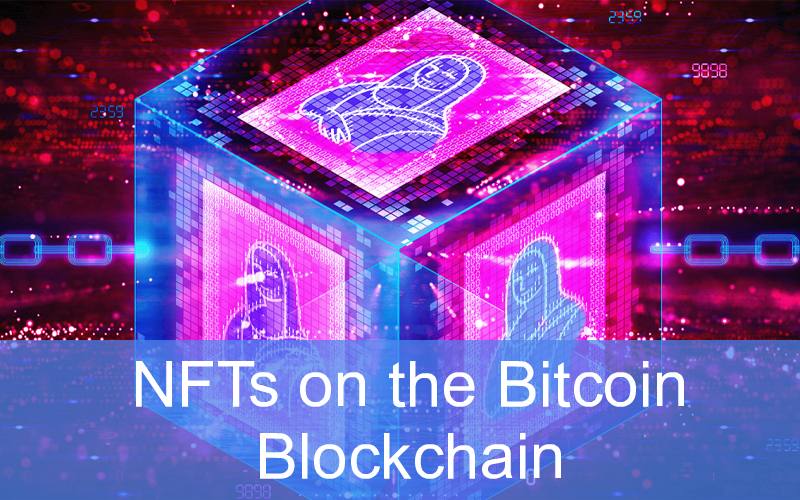Bitcoin Stamps, a new form of NFTs, are gaining momentum on the Bitcoin Blockchain. The STAMPS (Secure Tradeable Art Maintained Securely) protocol stores image data in spendable transaction outputs, which can't be pruned from a full node, making them practically immutable. The protocol developer is already in discussion with platforms like Emblem and Hiro Wallet to enable users to buy and sell Stamps on OpenSea. Stamps have an advantage over Ordinals, which stores image data within the Bitcoin Blockchain, as the data can be pruned from an individual node, limiting the immutability and decentralization benefits.
Unlike Ordinals, which allows users to add more data in later stages, Bitcoin Stamps store image data directly within the UTXOs (unspent transaction outputs), forcing nodes to store their image data across many outputs. The data is broadcast across the network using the Counterparty protocol, similar to NFTs on Ethereum. Despite the limited canvas used in Stamps, which is ideal for pixel art, it is suitable for lightweight files such as 24x24 pixel, 8-color-depth PNG or GIF images. Additionally, Stamps can be issued as "1 of 1" or "1 of many" digital assets, which made them gain popularity very quickly. So far, over 8300 Stamps have been minted since their launch on 7th March, compared to Ordinals’ growth of fewer than 500 inscriptions in the same period. However, Ordinals continue to grow, with over 910,000 inscriptions, which have been adopted by various prestigious brands.
The recent surge of NFTs on the Bitcoin Blockchain shows that people are keen to explore different ways of tokenizing assets and digitalization of ownership. It is yet to be seen if Bitcoin Stamps or Ordinals stand the test of time, but the combination of immutable data storage of the blockchain and the independence of a decentralized network put Bitcoin NFTs at an advantage, compared to those on the Ethereum Blockchain.
 Lucas Martin
Lucas Martin
- 2023-04-06
Exploring the Potential of Bitcoin Stamps
Learn more about the new Bitcoin Stamps, a secure tradeable art maintained securely on the Bitcoin Blockchain. Explore their advantages over Ordinals, and see why many herald their potential for digital ownership and asset tokenization.

